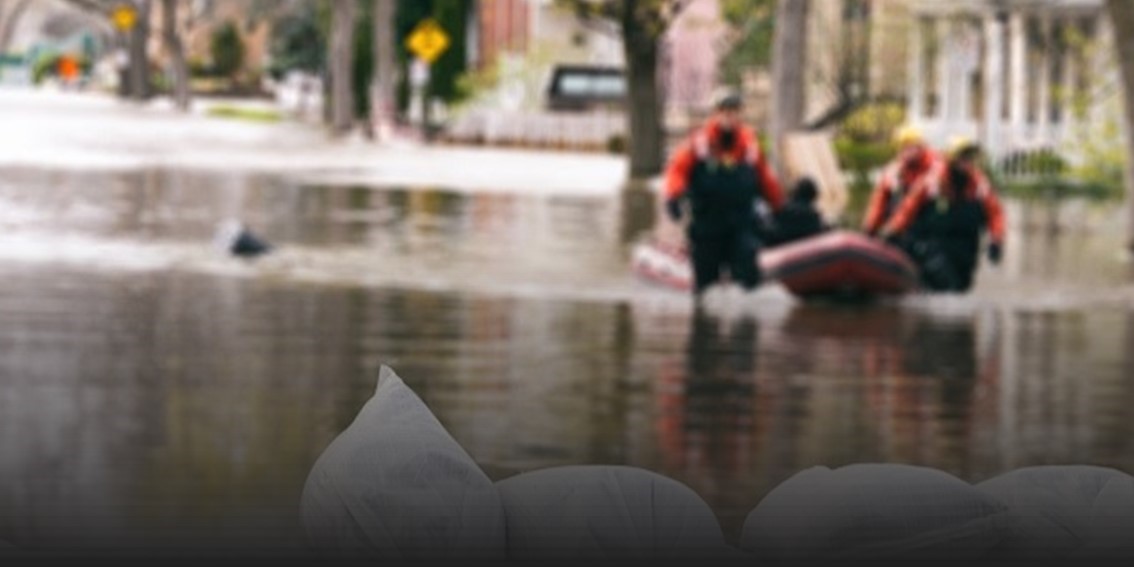
An atmospheric river event is set to impact California starting Wednesday evening, February 12, 2025, bringing heavy rainfall, mountain snow, and the potential for debris flows over burn scar areas from the January 2025 wildfires.
Key Risks
- Rainfall: Heavy rain is expected in central and southern California through Thursday night, with excessive rainfall risks in coastal areas, valleys, and the Sierra Nevada foothills. Total accumulations of 1.5 to 3 inches are expected in areas affected by the January wildfires, with rainfall rates reaching 0.5 to 1 inch per hour during the height of the event on Thursday.
- Snowfall: The Sierra Nevada and northern California mountains could see substantial snow from Thursday to Saturday. Rising snow levels may worsen flooding risks.
- Flooding and Debris Flows: Areas affected by recent wildfires are particularly vulnerable to flash floods and debris flows. Rivers and drainage systems could be overwhelmed.
- Wind Risks: High winds, including gusts to 75 mph in the mountains, accompanying the atmospheric river could cause additional power outages and isolated damage.


Atmospheric River 101
An atmospheric river is a narrow, concentrated band of water vapor in the atmosphere that transports moisture from tropical regions to higher latitudes. These “rivers in the sky” carry immense amounts of water vapor, comparable to the flow of the Mississippi River, and release it as heavy rain or snow when they make landfall, particularly over mountainous terrain. Atmospheric rivers contribute to 30-50% of California’s annual precipitation during the wet season, making them crucial for water supply but also a major driver of flooding.

Debris Flow Potential
Wildfires destroy vegetation that normally stabilizes soil and absorbs rainfall. Without this, rainwater flows rapidly downhill, increasing erosion and triggering debris flows. Additionally, burn areas often develop a hydrophobic (water-repellent) layer in the soil due to melted organic compounds from burned vegetation. This layer prevents water absorption, causing rapid runoff even with minimal rainfall. Burn scars on slopes are particularly susceptible, as gravity accelerates the movement of water and debris downhill. Burn scars require much less rain to trigger flash floods or debris flows than vegetated areas.
The steepness of the San Gabriel Mountains near the Eaton burn scar creates a particularly dangerous situation for mudflow potential. There are deep drainages that run throughout the mountains that can capture debris, mud and burned vegetation and funnel it into the community. Due to a history of mudflow in region, there is a network of debris basins are already constructed.
The United States Geological Survey (USGS) conducts post-fire debris flow analyses to evaluate the risk of debris flows in areas recently affected by wildfires. These analyses estimate the probability and volume of potential debris flows using data related to basin shape, burn severity, soil properties and rainfall characteristics. These assessments remain relevant for 2-5 years after a wildfire.


Historical Precedent
On January 9, 2018, intense rainfall struck coastal California, leading to rapid water flow over the burned terrain of the Thomas Fire scar above the community of Montecito, California. Some areas in Montecito County received 3-5 inches of rain during the event, with rainfall rates reaching nearly half an inch per hour during peak intensity. This deluge, combined with loose sediment, ash, and debris, resulted in fast-moving mudslides that devastated the community, destroying over 100 homes.
The "efficient proximate cause doctrine" played a crucial role in insurance coverage for mudslide impacted properties. This doctrine states that if a covered peril (in this case, fire) is determined to be the predominant cause of loss, even if an excluded peril (such as mudflow) contributed, the loss should be covered. As a result of this doctrine, insurers were required to pay mudslide claims under homeowner policies, even though mudslides are typically excluded. The event caused over USD 400 million in insured losses.
